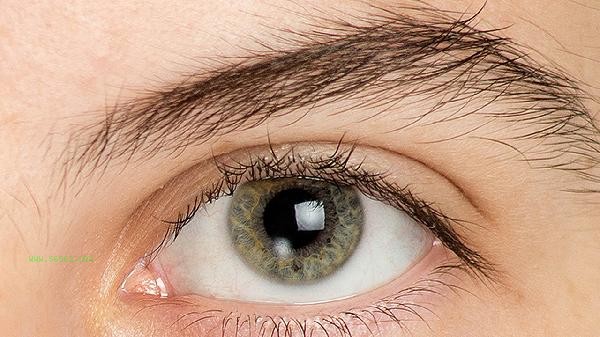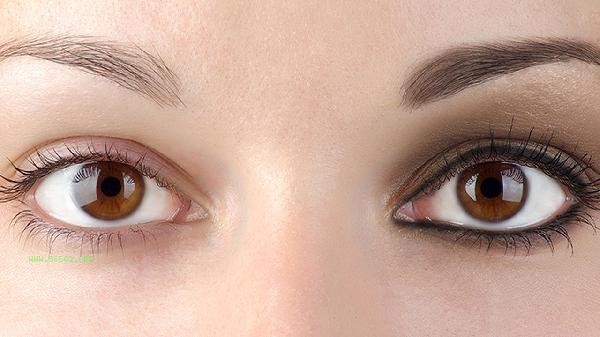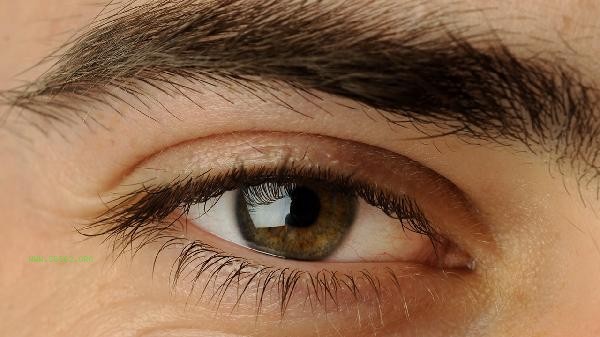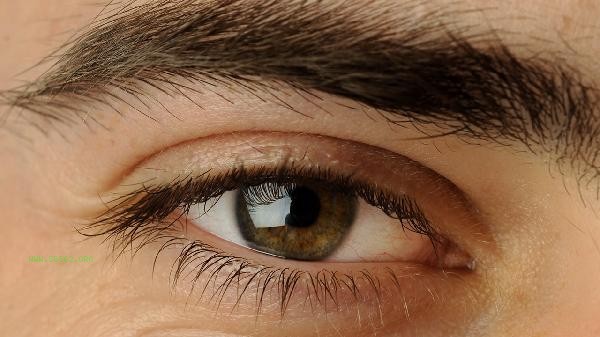The marketing strategy of using 680 yuan to remove eye bags should be wary of the low price trap, as the cost of eye bag surgery in regular medical institutions usually ranges from thousands of yuan. Low price projects may have risks such as implicit fees, non professional operations, and the use of inferior materials. The main methods for removing eye bags include internal incision, external incision, laser assistance, etc. After surgery, care should be taken to reduce swelling with ice, avoid rubbing the eyes, and keep the wound clean.

1. Low price routine
A quote of 680 yuan is usually a drainage method, but in reality it may only include basic examination or local anesthesia costs. During the operation, necessary expenses such as skin removal and fat removal, muscle lifting and fixation may be added, and the final cost may double. Some institutions use non-standard filling materials or non-medical grade laser equipment, which poses risks of infection and uneven unevenness. The qualifications of operators for low-priced projects are questionable, and unlicensed personnel may carry out illegal operations such as minimally invasive injections.
II. Technical Differences
The regular incision method removes orbital fat through conjunctival incision, which is suitable for young people with mild eye bags and good skin elasticity. External incision can simultaneously remove loose skin and protruding fat, but the recovery period is long and requires suture and suture removal. Laser assisted vaporization can accurately vaporize fat and stimulate collagen regeneration, but it requires professional equipment and multiple treatments. Non formal institutions may simplify operational procedures, resulting in uneven fat removal or insufficient skin retraction.
3. Preoperative evaluation
needs to distinguish between true eye bags and false eye bags. False eye bags may be caused by temporary edema such as staying up late or allergies. Doctors should evaluate the degree of orbital fat protrusion, skin laxity, and tear groove depression. Patients with hypertension and diabetes need to control the indicators before surgery. Two weeks before surgery, anticoagulant drugs such as aspirin should be discontinued to avoid increased intraoperative bleeding.

IV. Postoperative Care
Continuous ice compress should be applied within 48 hours after surgery to reduce swelling, and the head should be elevated during sleep to promote venous return. Keep the wound dry and clean to prevent sewage from entering the eyes and causing infection. Within one week, it is prohibited to engage in strenuous exercise, lower one's head, or wear contact lenses. If there is persistent pain, abnormal discharge, or blurred vision, immediate follow-up is required. Strict sun protection should be applied to prevent pigmentation before complete recovery.
V. Risk Prevention
Choose a legitimate institution with medical beauty qualifications, verify the doctor's practicing certificate and surgical experience. Sign a detailed informed consent form, specifying the surgical plan, anesthesia method, and terms for handling complications. Reject high-risk alternative solutions such as non-standard injection of liposuction or thread cutting. Save complete medical records and payment vouchers, and protect rights in case of medical disputes in accordance with the law. The formation of eye bags is related to multiple factors such as genetics, aging, and eye habits. Daily measures such as cold compress to relieve edema, using caffeinated eye cream to enhance microcirculation, and avoiding excessive drinking before bedtime can be taken to prevent aggravation. Regular follow-up examinations are required within three months after surgery. If complications such as eyelid eversion and scar hyperplasia occur, timely intervention should be taken. Long term maintenance requires sun protection for the eyes, supplementation of collagen and vitamin C, and control of electronic screen usage time. When choosing to undergo eye bag removal surgery, safety should be prioritized over price, and the precise operation and standardized postoperative management of professional doctors are the guarantee of effectiveness.









Comments (0)
Leave a Comment
No comments yet
Be the first to share your thoughts!